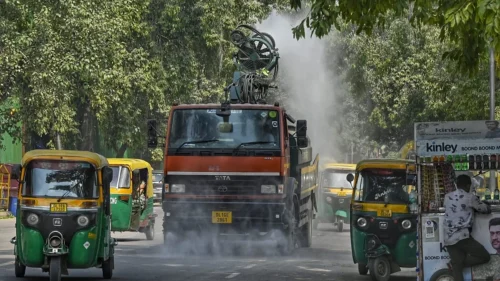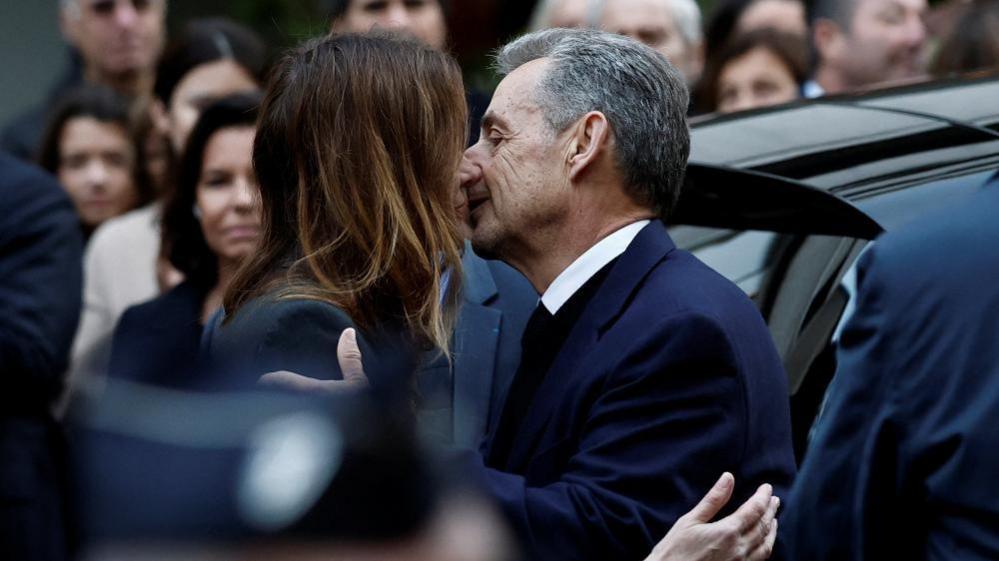Rama Krishna Sangem
Green crackers suggestion from the Supreme Court hasn’t shown much impact on Delhi’s poor air quality, a day after Diwali festival. Delhi woke up to a quiet Tuesday after a night of loud and colorful Diwali. While rockets and fireworks lit up the sky, what has stayed behind is a thick layer of smog and ultra-fine pollutants. The air is hazy, heavy, and hard to ignore. The national capital recorded the Air Quality Index (AQI) at 350 at 8 am.
The grey sky has masked the post-festive fervor, just like every morning after Diwali. But, this time, it is after the capital resorted to the use of less-polluting ‘green crackers’ as directed by the Supreme Court.
The SCt first imposed a ban on firecrackers in Delhi-NCR in 2014-15 amid rising air pollution. However, enforcement challenges and lack of public compliance have always prevailed. Year on year, we have witnessed ‘very poor’ to ‘severe’ levels of air pollution in Delhi before and after Diwali.
This year, the top Court allowed the sale and use of green crackers on Diwali, striking a balance between interests of the industry and public health. But data narrates the same tale like an old tape recorder.
However, environmentalists raised eyebrows over the court’s decision, referring to green crackers as ‘less poison’ as green crackers claim to produce 30 per cent less pollution. Delhi, which has high pollution through the year due to factors including vehicular emissions and dust, had already seen air quality dipping over the past few days.
On Tuesday, the Air Quality Index (AQI) in Delhi was 360, according to government data. The AQI measures the level of PM 2.5 – fine particulate matter that can clog lungs and cause a host of diseases – in the air.
Levels between 101 and 200 are considered moderate, while those between 201 and 300 are “poor”. Between 301 and 400 is categorised as “very poor” and a figure higher than 400 is considered “severe”.
Far higher than WHO level pollution
The World Health Organization’s guidelines say that exposure to PM 2.5 over a 24-hour-period should be limited to 15 micrograms per cubic metre – but Delhi’s AQI in some parts is 24 times higher than the recommended level.
The city’s pollution problem becomes worse in winter as farmers in neighbouring states burn crop stubble. Low wind speeds also trap pollutants – such as those produced by firecrackers – in the lower atmosphere, making it hard to breathe.
That’s why firecrackers had been banned in Delhi and its suburbs during Diwali since 2020. However, this rule was not strictly enforced on the ground and crackers were still available for purchase in many shops, leading to its use during the festival. Only bad experience from the severe air pollution alone will save Delhi people!


